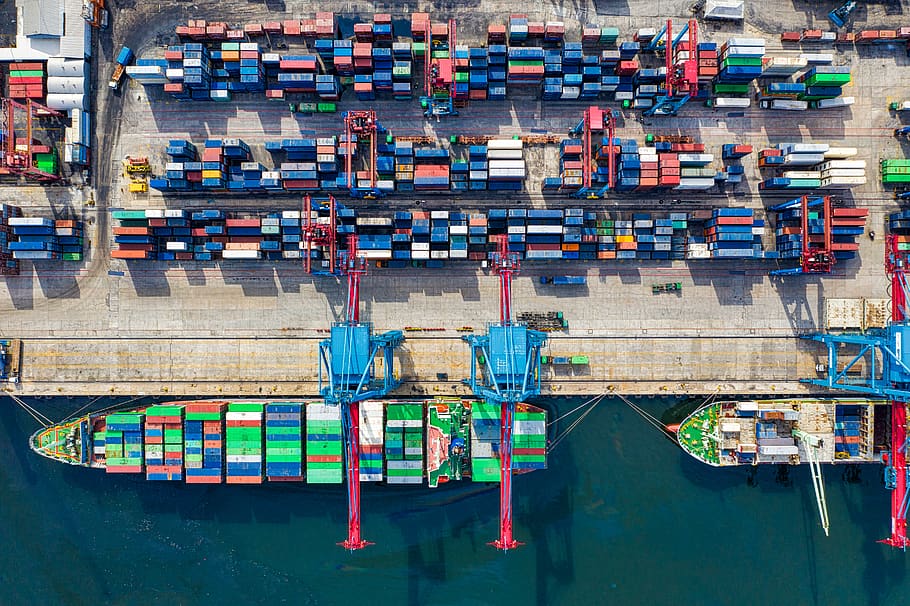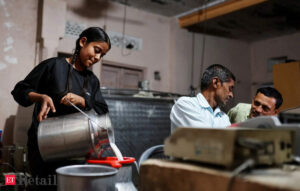
In an era of global economic lethargy, Australian and New Zealand dairy exporters have discovered a beacon of hope in the Southeast Asian market, according to a recent sector report by Rabobank. The report, titled “South-East Asia – in Transition to Better Times,” sheds light on the promising future that lies ahead for dairy markets in countries such as the Philippines, Malaysia, Thailand, Singapore, and Vietnam. Despite the prevailing short-term challenges across the region, Rabobank anticipates a positive trajectory for dairy exports in the medium term.
Rabobank’s senior dairy analyst, Michael Harvey, who authored the report, highlights that this positive outlook is particularly significant for Oceania, which has traditionally dominated dairy exports to Southeast Asia. However, Harvey also advises caution, as the changing landscape might pave the way for new competitive players to emerge.
“While new players may enter the scene, the dynamic markets in this region offer a plethora of opportunities for exporters to introduce a diverse range of consumer products,” Harvey notes.
Transitioning Landscape
The report underscores the transitional phase that dairy markets in South-East Asia are undergoing. Emerging from a period marked by disruptions in distribution channels, sluggish consumer demand for dairy products, and downstream margin pressures, these markets experienced a deceleration in trade growth from 2020 to 2022.
During the pandemic, dairy trade growth in the region averaged a mere 1.4% annually, a decline from the 3.3% compound annual growth rate observed over the past decade. South-East Asia was not shielded from the global economic challenges, as weak growth plagued the region between 2020 and 2022.
Yet, the report predicts a shift towards brighter prospects starting in 2024. Harvey asserts that improving consumer market conditions, coupled with anticipated recovery in inflation, food service demand, and investment activities, will position the region as a notable bright spot amid a globally languid economy.
According to the International Monetary Fund’s projections, Southeast Asian economies are poised to achieve growth ranging from four to seven percent between 2023 and 2028 – a robust forecast that bolsters the outlook for dairy demand, Harvey affirms. However, he remains cautious, as these forecasts still fall slightly below recent historical growth rates, and there’s a looming concern about the potential propagation of China’s economic slowdown throughout the region.
Milk Deficit and Potential
Collectively, Southeast Asia grapples with a substantial milk deficit. While local milk production is on the rise in most regional countries, it’s starting from a relatively low base. Harvey emphasizes that challenges tied to feed quality, genetics, capital, and resources continue to hinder significant growth in domestic milk supply in the region.
As a result, self-sufficiency rates in the dairy sector remain modest and are unlikely to experience a substantial surge by 2030. Rabobank’s estimates indicate that the region imported a combined total of 9.9 billion liters of dairy in 2022, compared to China’s 14 billion liters within the same year.
As the region embarks on a trade recovery journey, Rabobank anticipates a two percent dip in total dairy imports in South-East Asian countries in 2023. However, this setback is expected to be followed by a three percent import growth spurt in 2024. Looking further ahead, the bank predicts a widening import deficit for South-East Asia, driven by burgeoning demand intersecting with local supply limitations.
A Competitive Arena
While this environment of growth offers an ideal launching pad for dairy exporters, the report issues a cautionary note. The South-East Asian region is projected to remain a fiercely competitive battleground for both local brands and exporters. Although Oceania typically dominates this market, the landscape is ripe for the emergence of new contenders.
“The path ahead necessitates price competitiveness, efficient distribution, innovative product development, and robust marketing strategies for the sustained success of all stakeholders,” Harvey warns.






